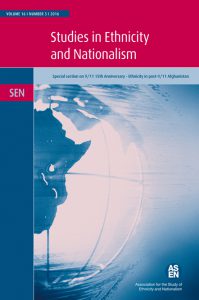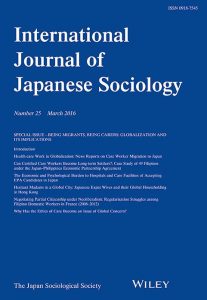Disecting Terror
by christinablunt

On Monday, 9 a.m. local time, just as the citizens of Nazran were arriving at their offices a suicide bomber drove a truck full of explosives into the police quarters of Ingushetia’s capital city. This act of terrorism is an example of the violence that has become all too familiar in the north caucus region of Russia. The New York Times presents such acts of terror as a nearly daily occurrence. Depending on the account, between 60 and 138 people were wounded in the attack; at least 10 of which were children. By Monday evening, 20 were identified as dead.
Terrorism in the region is fueled in part by the local militants as well as by the arrival of separatist fighters fleeing the brutal counterinsurgency in Chechnya; where a decade and a half of internal warfare has worn on the rebel movement. When he was elected in October, Ramzan Kadyrov, the president of the region attempted to reach out to opposition leaders and militant commanders in order to ease tensions. Monday’s attack however, is another of many reminders that if change is to come, it will not be quick. Russia’s President, Dmitri Medvedev has sacked the federal interior minister and ordered an increase in strength of police forces in Ingushetia; undoubtedly an indication of his lack of confidence in Kadyrov’s kinder, gentler approach.
While Kadyrov’s tactics may not yet be achieving the desired results (he himself is still recovering from a June attack) social theory concentrating on terrorist social movements indicate that keeping the line of communication open rather than resorting to brute force may be Russia’s only option. First, it must be understood that the reasons for joining a terrorist organization or a clandestine underground movement are generally complex and can be better understood by examining their macro and meso dynamics. On the macro level, explanations include the theory of relative deprivation, mass society theory, and the psychology of the crowd. In ‘Terror Against the State’ Donatella Della Porta explains that micro-sociological approaches are necessary in understanding terrorism as the decision to adhere to such groups is not an individual one; rather, it develops inside dense social networks. On the meso level, terrorist organizations must also be understood as groups who feel unable to effectively access legitimate forms of protest within the political system. Finally, the macro-dynamics of terrorist group formation points to economic, social, political, or cultural variables that the members feel a helplessness in the face of.
With all of the complexities involved in the formation of terrorist organizations it is imperative to combat terrorism in a manner that appreciates the micro, meso, and macro levels. Della Porta explains, “the choice of using terrorist strategies emerges during sustained interactions between the challengers and the representatives of the polity.” The theory seems to indicate that rather than meeting these challengers with blind resistance it is important to engage with them on some level before the bonds of the group become impervious to reason.
![]() Read the article at the New York Times
Read the article at the New York Times
![]() Read ‘Terror Against the State’ by Donatella Della Porta at Blackwell Reference Online
Read ‘Terror Against the State’ by Donatella Della Porta at Blackwell Reference Online















1728-4457/asset/PopulationCouncilLogo.jpg?v=1&s=03074651676b98d6b9d0ef1234bd48fe7ff937c3)
1468-0491/asset/society_affiliation_image.gif?v=1&s=859caf337f44d9bf73120debe8a7ad67751a0209)
If only more non-sociologists were familiar with this theory. It surely challenges Medvedev’s position. Thanks for highlighting important social theory.
Keri